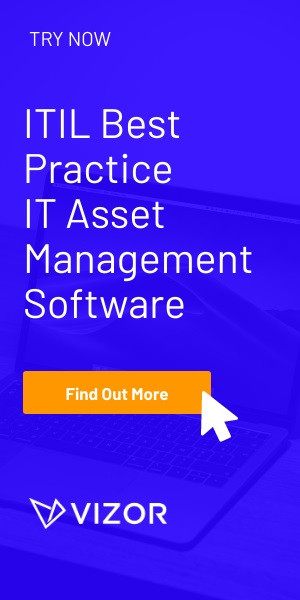Back to Basics: What is IT Asset Management (ITAM)?
ITAM is an acronym for IT Asset Management. It represents a framework for the governance and operation of an organization which includes a set of best practices and processes for managing IT assets. Here are two common descriptions of ITAM…
From Gartner: “IT asset management (ITAM) provides an accurate account of technology asset lifecycle costs and risks to maximize the business value of technology strategy, architecture, funding, contractual and sourcing decisions.”
From the ISO/ITAM standard: “Control and protections of software and related assets within an organization, and control and protection of information about related assets which are needed in order to control and protect software assets.”
One simple way to view ITAM is from two main perspectives: IT asset tracking and IT asset management. Asset tracking refers to the physical aspects, such as which assets you have, where they are located and information regarding the model and manufacturer of those assets. This can be seen as the more technical and operational aspect of the assets. The second part, asset management, goes beyond just the physical and into the fiscal or business view, which includes procurement, contract, vendor and financial information. These two parts that make up ITAM are referred to in different ways by different sources. For instance, the ITAM Review names them as “finance”, which includes the contract, purchase and financial aspects, and “service”, which encompasses lifecycle, change and improvement. Wikipedia describes ITAM as the link between financial, contractual and inventory functions. Evidently, these different descriptions all refer to the same idea, which is that ITAM joins the physical and operational with the financial and business aspects. This idea forms the set of business practices that run under the ITAM framework for governance and operation.An important aspect of IT asset management to consider is that it should be an ongoing program. What do we mean by that? For ITAM to be successful it should be viewed as a program that does not end but rather is always running as part of the business process. While organizations may implement certain projects to develop ITAM and they could very well have an end date, the program itself is still continuously running regardless of individual projects.
ITAM is considered as a business strategy which includes Software Asset Management (SAM) and Hardware Asset Management (HAM) as platforms for providing value and reducing risks and costs. ITAM and SAM are considered to have overlap in terms implementation, and some find that they go hand-in-hand in the sense that you cannot do one without the other. HAM and SAM are both part of an ITAM program and share the fact that they are platforms through which to implement strategies.
Do you need a tool to manage IT Assets?





